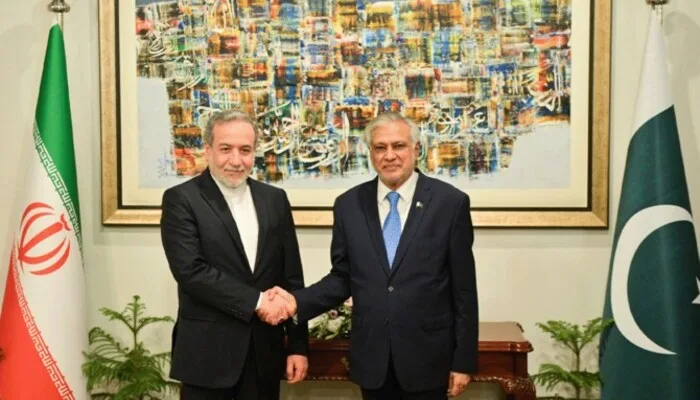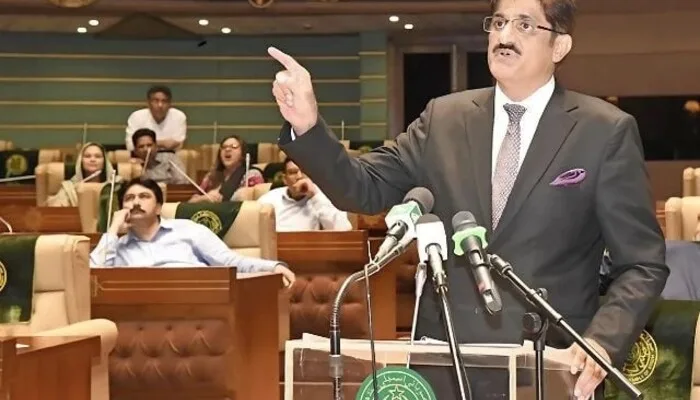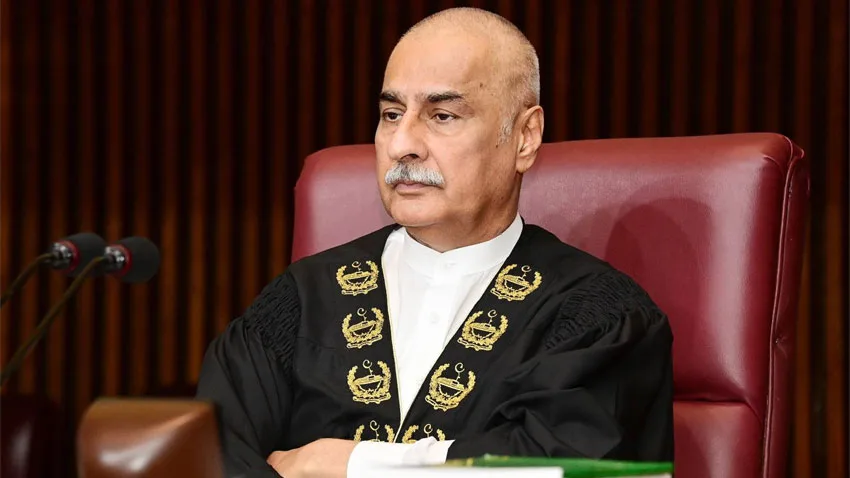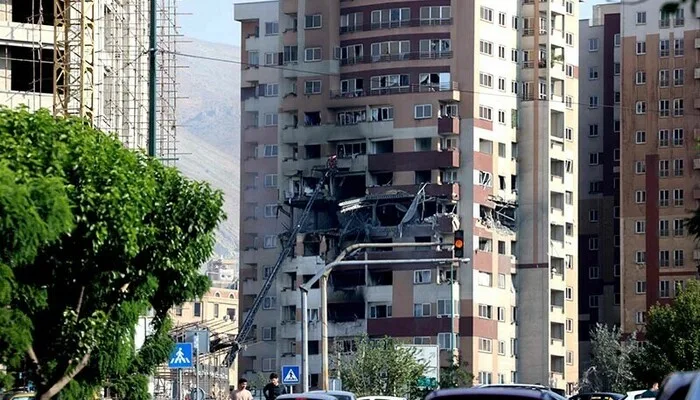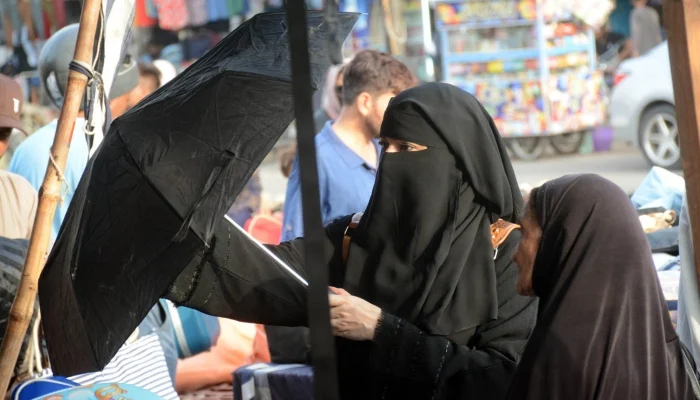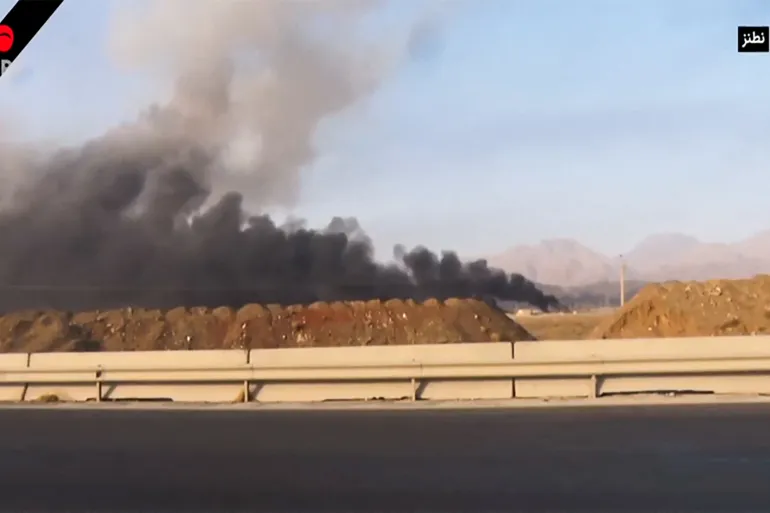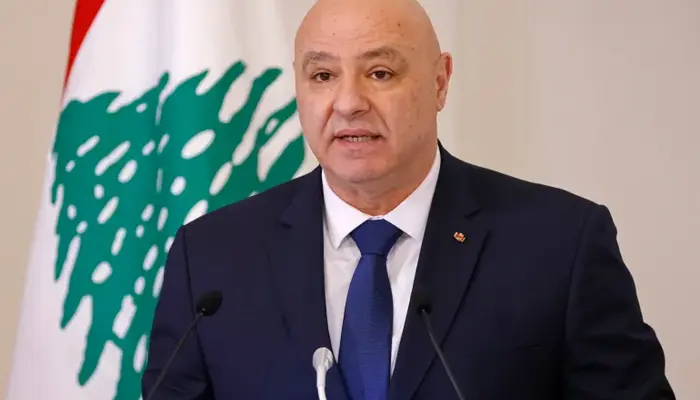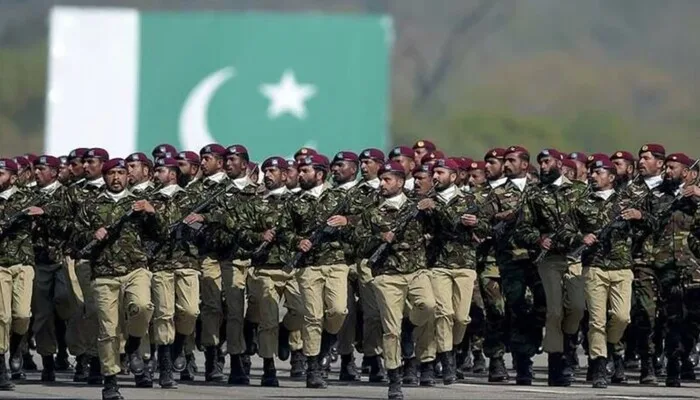
Pakistan’s defence spending will rise sharply in FY2025-26, with the government allocating Rs2.55 trillion to the armed forces. This marks a 20.2% increase—the largest annual hike in over a decade. The boost comes as tensions with India escalate, following last month’s military clashes between the two countries.
Defence Budget Nears 2% of GDP
With the latest increase, the defence budget now accounts for 1.97% of Pakistan’s GDP, up from 1.7% last year. This upward shift reverses years of gradual decline and brings military spending closer to the 2% mark. Officials framed the hike as a response to growing regional threats and the need for national security.
Largest Jump in Ten Years
The Rs2.55 trillion allocation significantly surpasses last year’s Rs2.122 trillion. According to government data, no defence budget in the past decade has seen such a sharp rise in a single year. Analysts believe the military buildup signals Pakistan’s strategic posture amid rising regional friction.
Read: Aurangzeb Links Budget Cuts to Taxpayer Pressure in FY2025
Security Prioritized Over Social Sectors
While defence spending surges, public investment in social services lags behind. Spending on health and education, measured as a percentage of GDP, remains below 1% for the first nine months of the current fiscal year. Critics warn this imbalance could impact long-term development.
Context of Rising India Tensions
The timing of the budget increase follows recent military exchanges with India. Though officials have not directly linked the clashes to the budget hike, the security establishment has consistently emphasized readiness and deterrence. The allocation suggests that the government is prioritizing defence modernization and operational capacity.
Back to a Security-Centric Budget Approach
This budget reflects a renewed security-centric approach to national planning. While fiscal constraints remain tight, the sharp rise in defence spending indicates that regional instability is influencing budget priorities more than domestic development needs.
Observers now await whether this shift will continue or if future budgets will rebalance social and strategic spending.
Follow us on Google News, Instagram, YouTube, Facebook,Whats App, and TikTok for latest updates



